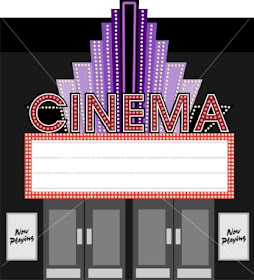The Breakdown
An
overview: It’s easy to say one neighborhood or another is the “next hot
Chicago neighborhood”. Hell, we’ve
even alluded to it in previous posts.
But if you had to put your money down on the next haven for young
professionals, hipsters that are neither young nor professional, small plate
restaurants featuring twelve kinds of pork belly, and the latest 200+ microbrew
tavern that seats 12 comfortably, Avondale is your best bet. We say all the aforementioned in jest,
we love all those things (even the hipsters), and Avondale is starting to get
them. It’s essentially the one
remaining north side neighborhood that hasn’t truly gentrified, but it’s well
on its way.
 |
| Belmont Avenue serves as the main artery through Avondale. |
Avondale the
look and feel of a Logan Square or Humboldt Park, historic beauty and urban
grit living side-by-side. It’s
diverse, featuring a predominantly Hispanic contingent, but also carrying a
growing young white population mixed with an older European populace. Avondale’s residential streets are also
an interesting blend of housing stock.
You will often find a North Side-esque two-flat next door to a South
Side-esque bungalow.
It’s not yet made to be on a postcard, but Avondale
has its charms. The neighborhood
is certainly accessible via public transit, which will help it grow as a
destination for young residents and visitors alike. And even if you haven’t heard of Avondale, there’s a good
chance that you’ve been at an establishment there…and were told that you were
in Logan Square. As you’ll see
below though, a handful of Chicago favorites are located in Avondale. So now you have no excuse to not visit,
even though you now realize you probably already have.
Note: Just…can’t…help…but feel like we’re missing
something. Ahhhhh yes, Hot Doug’s! Yes, Hot Doug’s is in Avondale. No, we did not review it for this blog
for the simple fact that it’s been a long while since we’ve eaten there, and we
did not want to have to wait in line two hours like last time to write this
entry. That being said, our
feelings are wildly mixed between “totally not worth it” (Laura) and “TOTALLY
worth it…if you’re willing to wait in line for two hours” (Michael). Let your tolerance for lines make the
decision for you.




